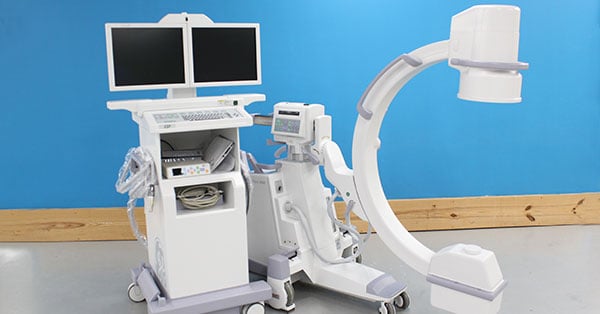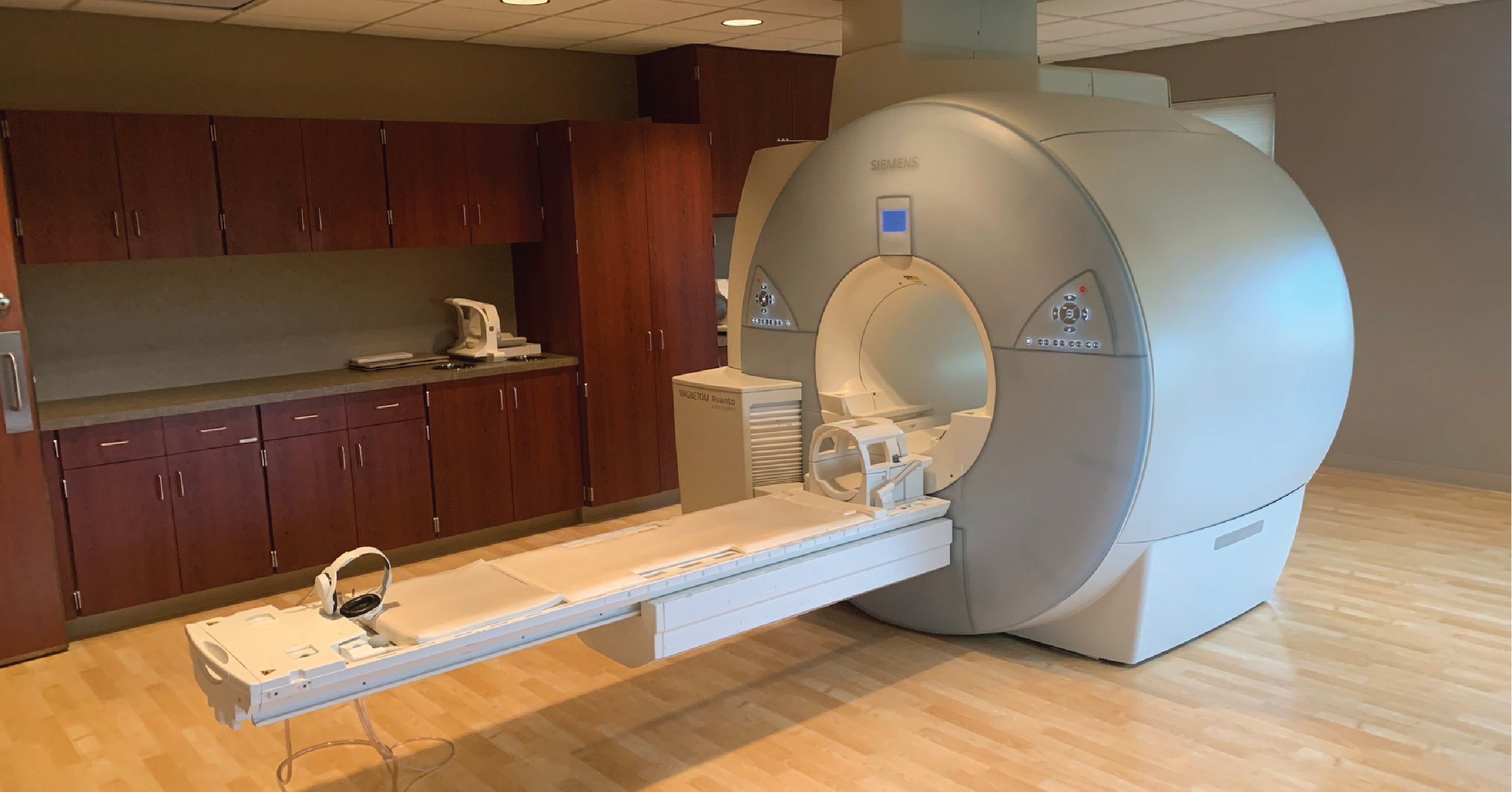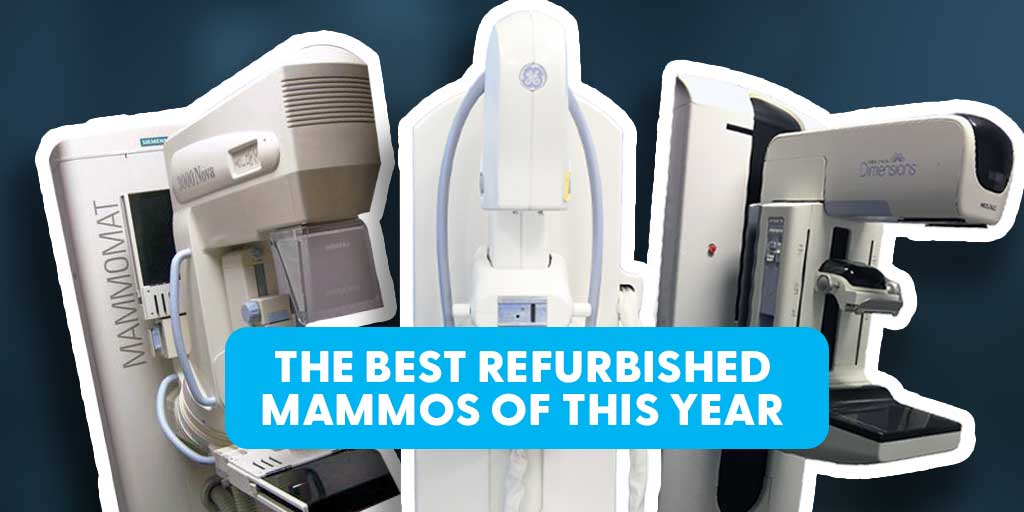
People frequently ask us what, if any, requirements have been set for X-ray shielding in rooms where C-arms are in use. Unfortunately, there is no straightforward answer to the question.
Regulations for shielding during C-arm use vary across a number of factors, including site location, location of the C-arm within the site, and the type of usage the C-arm will see. Some states don't require any shielding at all, but have other requirements that must be met. Take Texas, for instance: a C-arm doesn't need to be shielded, but its dose must be monitored for a year after installation. Other states, like Ohio, require a physicist to visit your site and advise specific shielding measures for your individual building.
Because there are no across-the-board regulations for C-arm shielding, we put together a few "rule of thumb" recommendations for new C-arm owners in the example below and the short video that follows.
Example of a Shielding Plan: Illinois
The following example explains what one of our partner engineers does when installing C-arms in Illinois. The measures he takes won't lead to extensive shielding in all states, but they do demonstrate some of the finer points that go into the process of planning out your C-arm usage area.
What I do... is send a picture of the floor plan to my contact at Illinois’ radiation control program. He looks at the floor plan and lets me know if any shielding is required.
But the floor plan needs to be detailed. It needs to have measurements with a description of what adjacent rooms are used for... [also] the type of walls. Are they standard 2x4 walls with 1/2 inch or 5/8 inch drywall on each side? Are any exterior walls brick or cement block? Also, is it a ground level room or are there floors above and below the procedure room? If so, what is the type of construction?
Lastly, they want to know the number of anticipated procedures per day using the C-arm... if there is an office next to the procedure room but the C-arm is only being used, let’s say, twice a day the shielding required between rooms will be different than if the C-arm is being used all day, several days a week.
While regulations might look different in your area than they do in this example, it does help demonstrate two important things:
- Contact your state radiation authority as early in your C-arm project as you can.
- Have as much detail as possible on your room construction, layout, and usage level on hand.
And while we're on the subject of C-arm shielding tips that are almost always applicable, take a look at this video for two more big ones.
"Rule of Thumb" Tips for C-Arm Radiation Shielding
Just like other imaging equipment that produces x-rays, the radiation safety goal for C-arm users is to keep radiation exposure As Low As Reasonably Achievable, or ALARA. To help you accomplish that goal, we want to share four safety principles that reduce exposure for both techs and patients.
Distance
The rule of thumb for maintaining proper distance from a radiation source is to be as far away as you can. If the work you're doing doesn't require you to interact with the patient during radiation exposure, we suggest you take advantage of the full length of your hand or footswitch cable and stand back.
Shielding
Whenever you work with a C-arm, it's important to wear personal protective equipment to reduce radiation exposure. This almost always means a lead apron, but can also include a thyroid shield, glasses, or gloves. If your facility has one, you may also be able to stand behind a leaded-glass shield for even more protection. You should also always wear a dosimeter when you use a C-arm. This device measures the amount of radiation you're exposed to, and checking it at regular intervals lets you know if your safety procedures are effective. Requirements for room shielding vary from state-to-state, so you’ll need to contact your State Department of Health for those details.
Exposure time
Not all images can be acquired in the same short X-ray burst, but techs and doctors should only shoot x-ray for as long as it takes to get the images they need. Be sure to keep your applications training in mind too. Proper patient position helps to avoid retakes, and extra shots that add to overall radiation dose.
Training
Don't assume everyone on your team has received proper radiation training before they joined you. Don't assume that your experienced techs couldn’t use a refresher either. Lax practices can become habits before we realize it. If anyone at your facility needs radiation training, you can check out our course. If you have any other questions about any of the radiation safety tips we discussed here, we'd be happy to help you get answers.
Final Takeaway
Proper shielding is important. If you have any questions about how to implement these practices at your facility, do not hesitate to contact our team. With a vast experience of helping facilities be equipped for their C-arm rooms, we would love to help you with your equipment’s needs.

Chris Sharrock
Chris Sharrock is the Vice President of Healthcare Solutions at Block Imaging. Each day Chris sets out to provide the best equipment, parts, and service solutions for healthcare facilities across the world. Outside of work Chris enjoys playing in a band, and spending time at the lake with his family.






